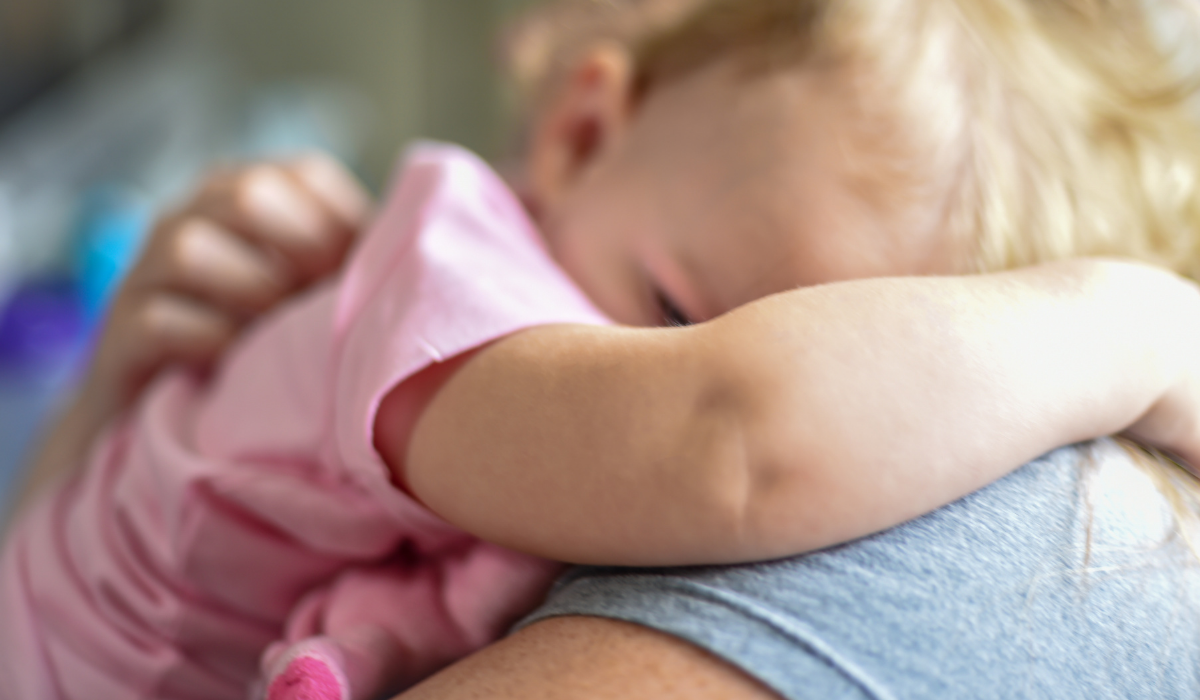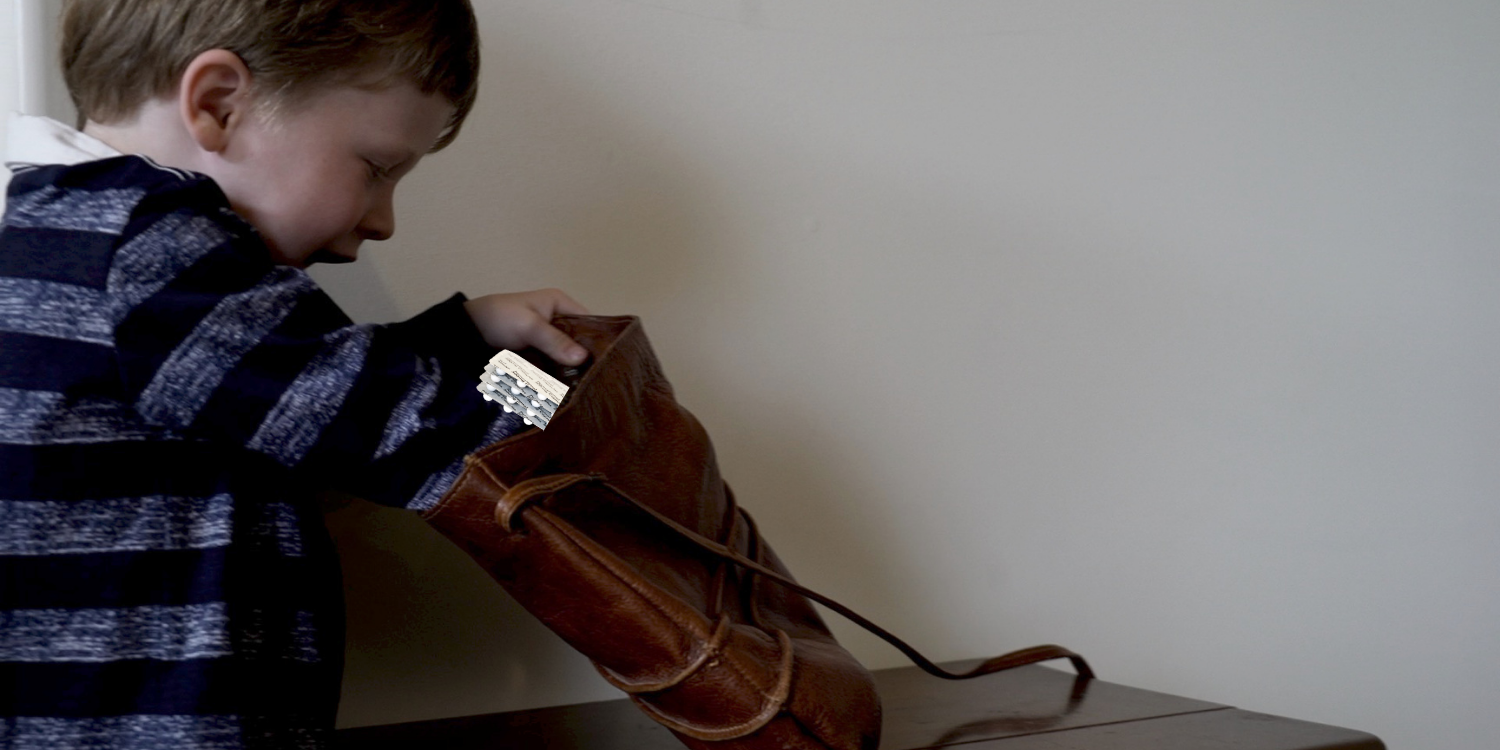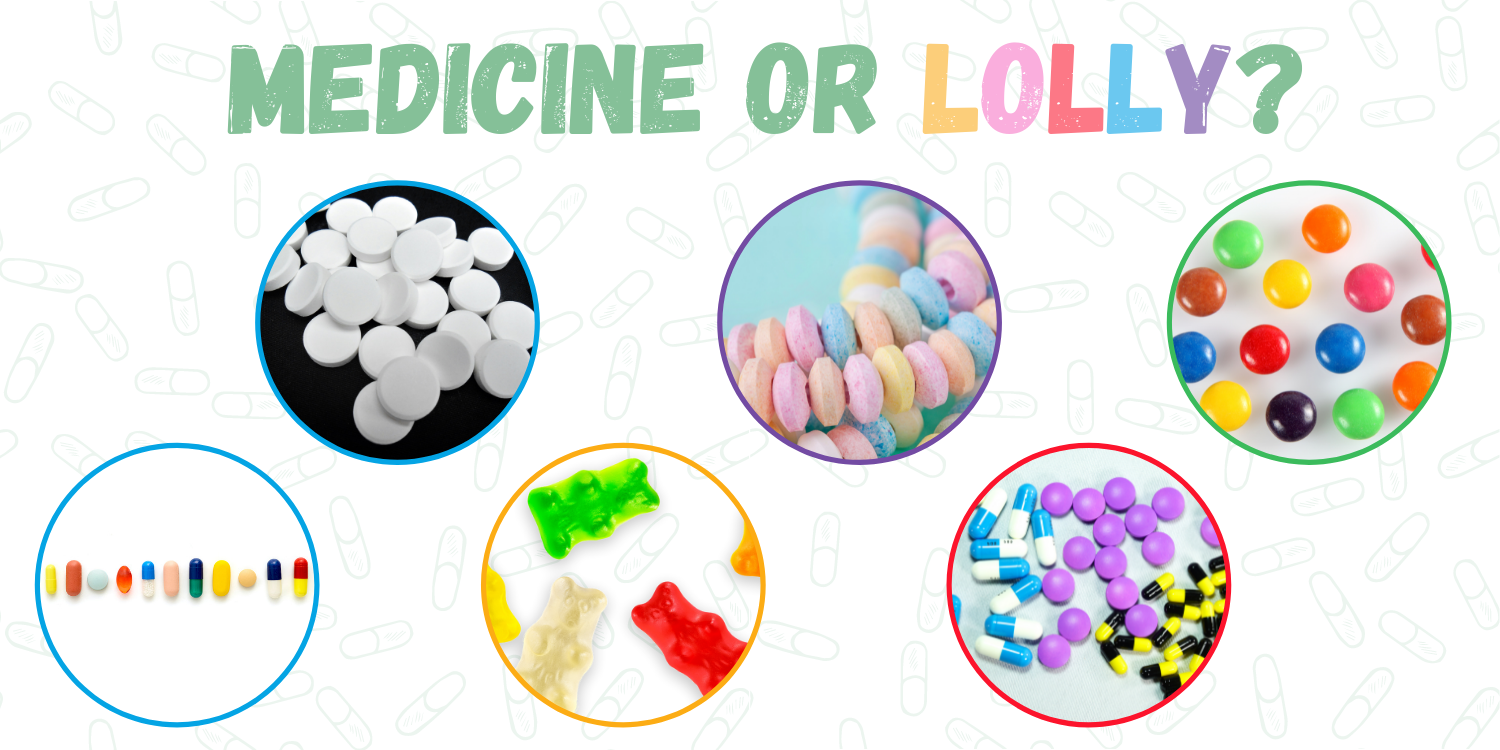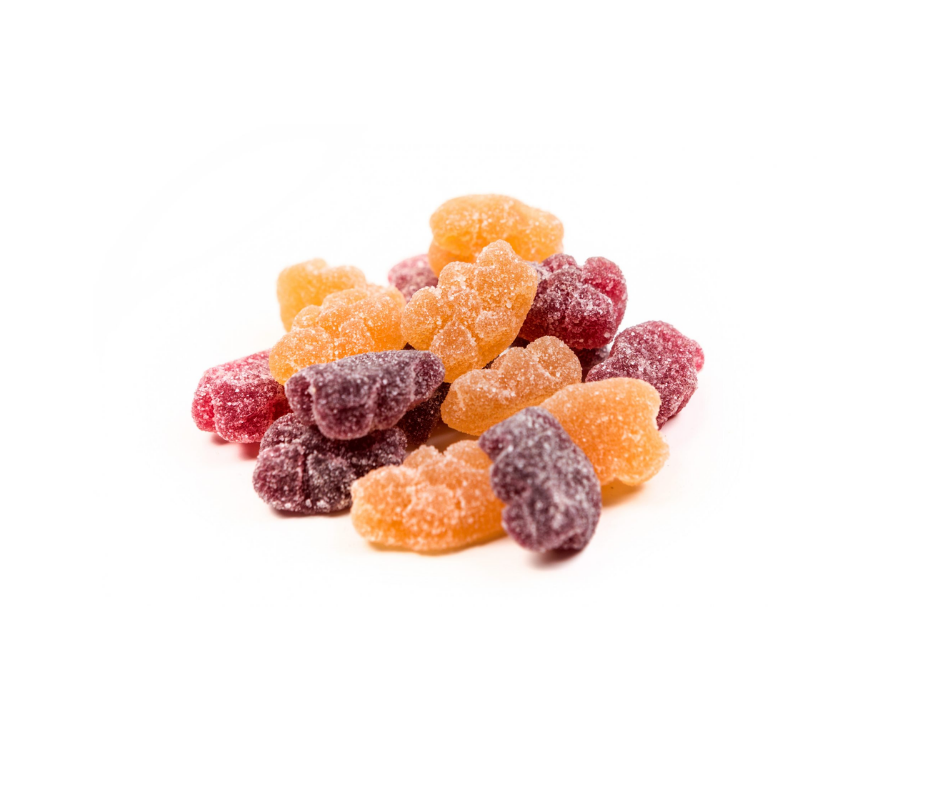
[Image Source: Canva]
If you have a toddler, you may have noticed that they love to place everything that they find in their mouths, no matter what the object is.
Aside from the inconvenience of every item in your home being covered in drool, this natural curiosity and eagerness to explore can also lead them into danger, particularly if they come into contact with poisonous substances.
On average every year over 700 Victorian children (aged 0-14 years) present to an emergency department because they have accidentally been poisoned.
When you think of things that could be poisonous to children in your home, what’s the first thing you think of? Cleaning products or fly spray perhaps?
There is a far more common cause of childhood poisoning.
Most common cause of poisoning lives in many carry bags
It’s also a product that many people may have stored in their kitchen, bathroom, bedroom and even in the car glove box.
Still not sure what it is?
It’s medication.
In the 2020-21 financial year, 425 Victorian children aged 0-14 years presented to an Emergency Department due to medication poisoning. Children under the age of 5 were most at risk, accounting for 72% of cases.
The most common medications involved in childhood poisonings include Paracetamol and Ibuprofen, blood pressure, antidepressants and sleeping tablets; as well as hayfever tablets, vitamins, and ADHD medication.

Children are attracted to medicine
Children are curious and they love to explore the environment around them. They often do this by putting objects in their mouths. But that’s not the only reason why they are at particular risk of poisoning.
They like to imitate what adults do, including taking medications.
They don’t understand the dangers that some products pose and are unable to read warning labels.
Some medications can also look like lollies or peppermints – they are colourful, similar sizes and familiar shapes, which can lead to kids thinking that they have just stumbled upon the adult’s secret stash of treats.

It’s not just adult medication that can pose a hazard
Even substances labelled ‘natural’, those designed for children, or those that are good for you in small doses such as vitamins, can pose a danger if the recommended dose is exceeded.

[Image Source: Canva]
One mother shared with us her frightening experience when she discovered her young child had found his way into a bottle of multivitamins.
“My 3-year-old son ate half a bottle of kids multivitamins.”
“The [vitamins] were on top of the fridge well out of reach. But they used a chair and stool to climb up.”
“A quick call to Nurse on Call who advised me to take him to the doctors. We were immediately seen by the doctor who checked his weight and called the poisons information line.”
“They advised us to ‘watch and act’. He seemed fine for a few hours, but then had pretty explosive diarrhea for the whole afternoon. [Thankfully], he was then fine [and got better after that].”
If in doubt – store it up high and out of reach
Anything that could be poisonous, including medication, should be kept out of sight and reach of children.
As demonstrated in the real life story, children are very clever and will find any way they can to climb up and reach something they want. This means that even a spot up high on top of a fridge may not be safe – that’s why we recommend that all poisons are stored in a cupboard at least 1.5m off the ground that has a lock on it.
![]()
It’s important to keep handbags and carry bags out of reach of children too, as these can often contain a range of medications and other potentially poisonous products. Have a hook up high on the back of a door or a cupboard where you can store these as soon as you, or a visitor, walks in the door.
Child resistant containers are not ‘child proof’
Some bottle lids and pill packets are designed to be child resistant. But this doesn’t mean it is safe to leave them where children might be able to access them.
They are designed to be difficult for children to open, but not impossible, which means that they are not ‘child proof’ – you may even find that some kids can open them easier than adults can!
Tips to Prevent Poisoning from Medications
We have a handy checklist to help you check if your home is set up safely to prevent an unintentional poisoning mishap.
Our key advice for preventing unintentional poisoning from medication includes:
- Lock away medicines and vitamins – up high and out of reach (at least 1.5 metres off the ground)
- Place handbags and other bags out of reach as soon you enter the home – this includes bags that visitors may bring with them
- Use a lockable container for refrigerated medicines
- Check the recommended dosage when giving medication to children and always administer it in a well lit room
- Record the time and dose when medication is given and keep this with the pack/bottle, to reduce the risk of an accidental overdose
- Never refer to medications as ‘lollies’ or ‘sweets’ – this can confuse children
- Dispose of unwanted and out of date medicines safely
![]()
What to do if you suspect poisoning
If you think your child may have ingested a poisonous substance, call the Victorian Poisons Information Centre straight away on 13 11 26 – 24 hours a day, Australia wide. Their team will be able to provide expert advice on what to do next.
It’s a good idea to keep the number for the Poisons Information Centre clearly visible in your home, such as on a noticeboard or on the fridge, and programmed into your mobile phone, in case you ever need to call.
If you know what they’ve swallowed, take the product container with you to the phone – the Poisons Information Centre will want to know what ingredients are in the product.
Never try to induce vomiting – this can move the poison around your child’s body and cause further damage.
If they have collapsed, stopped breathing, or are having a seizure or anaphylactic reaction, call 000 for an ambulance. Do NOT ring the Victorian Poisons Information Centre.
BESIDES MEDICATION, THERE ARE A RANGE OF OTHER COMMON HOUSEHOLD SUBSTANCES THAT CAN BE POISONOUS TO CHILDREN. FOR MORE INFORMATION ABOUT HOW TO KEEP YOUR KIDS SAFE FROM ALL POISONS IN THE HOME, PLEASE READ OUR POISON SAFETY TIPS: https://www.kidsafevic.com.au/home-safety/poisoning/
Data Source: Victorian Injury Surveillance Unit

